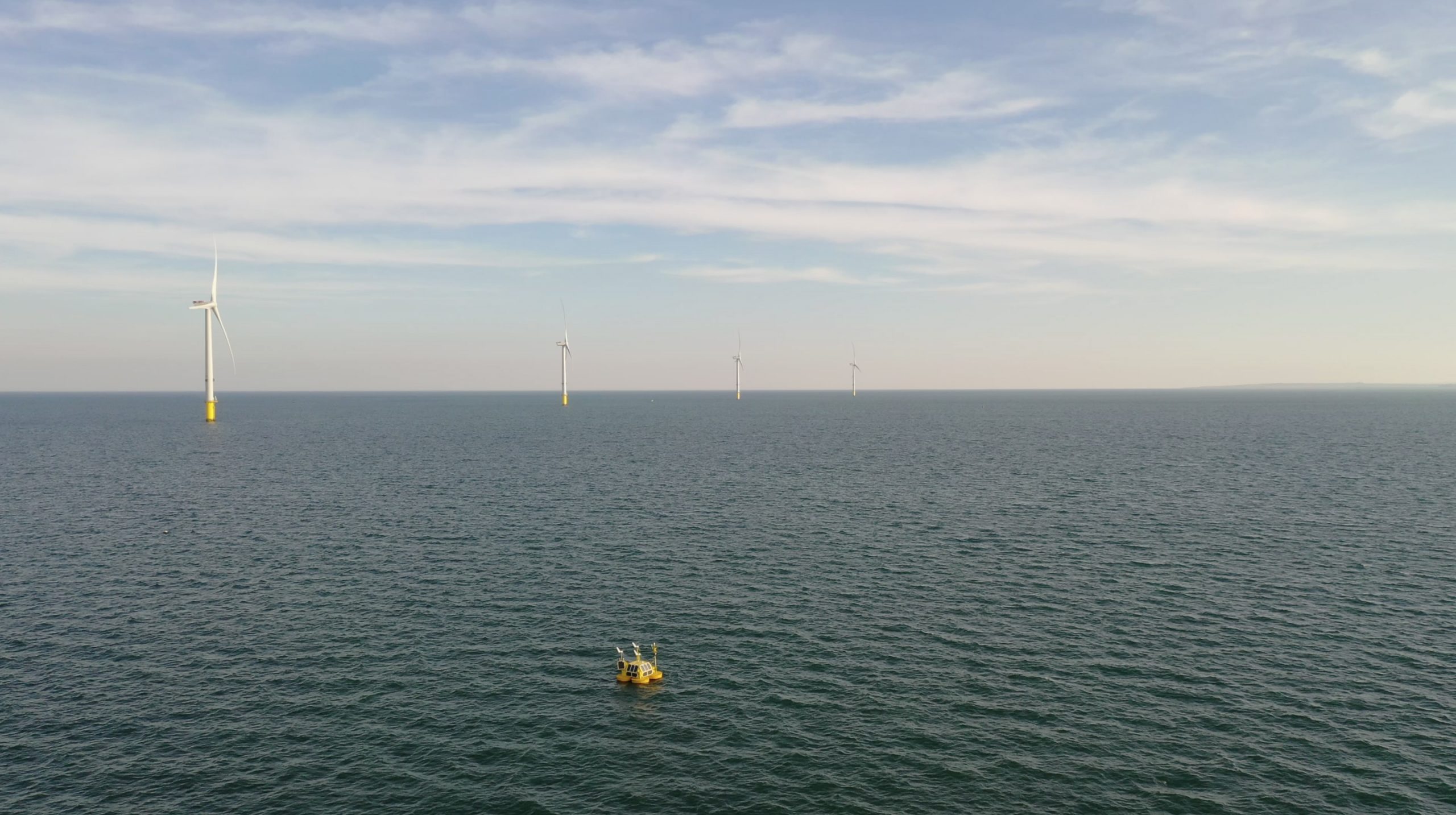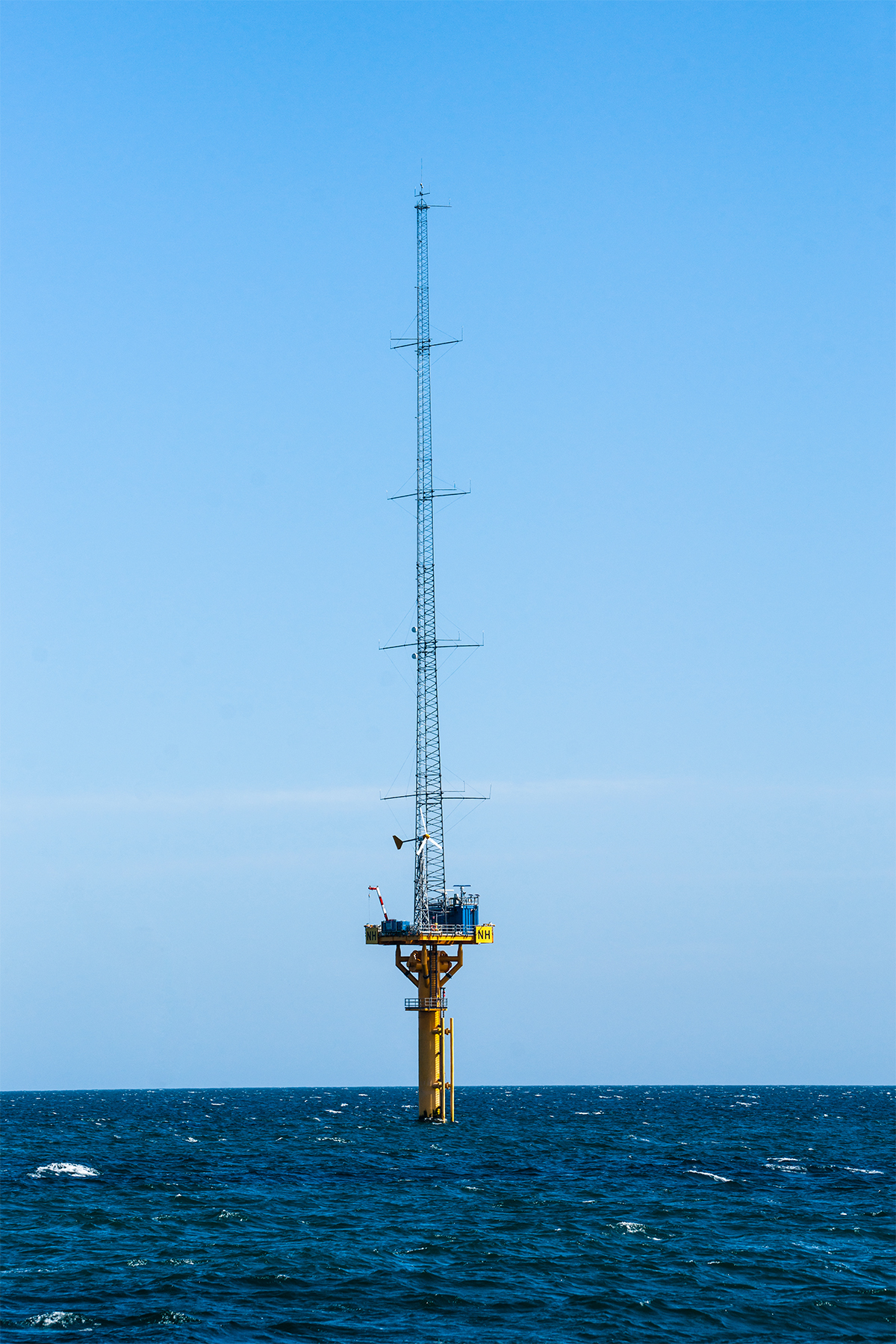Solution Requirements
Functional requirements
Technologies must be capable of measuring the standard data gathered by FLiDAR systems (e.g. wind and meteorological data) or not interrupt the standard measurements.
When considering environmental monitoring additions, the challenger should consider all key receptors that may be impacted by offshore wind farms. This could include but is not limited to:
- Ornithology
- Marine Mammals
- Bats
- Fish
- Benthic species
- Suspended sediment levels
- Other environmental data (metocean, ocean temperature, carbonic acid levels).
For technologies recording data on animal species, key data may include (as relevant): species ID, abundance, distribution (spatio-temporal), migratory behaviour, flight height, foraging behaviour, Environmental DNA (eDNA), underwater noise levels.
Technical characteristics
Technical features for gathering required data could include (but are not limited to):
- LiDAR (wind measurements, bird flight height)
- eDNA techniques for species presence/absence
- Passive Acoustic Monitors (CPOD, hydrophone, ultrasound microphone)
- Automatic sampling equipment (e.g. water to gather eDNA information)
- Camera equipment (inc. possibility of thermal imaging, infrared)
- Radar (monitor flight paths of species such as birds and bats flux rates)
- Robotics (for gathering samples, landing platforms for drones to collect samples/undertake servicing)
- Data transmission (e.g. utilising radio, cellular or satellite communication, telemetry).
To reduce costs, solution should consider how each piece of equipment could measure multiple sources of environmental data, for example, could LiDAR be utilised for both wind measurements and bird flight heights.
Consideration must be given to how multiple pieces of equipment can be secure within the platform and capable of withstanding harsh offshore conditions with minimal servicing required.
Operating conditions
- Capable of gathering, storing, and transmitting data in real time.
- Capable of withstanding harsh offshore conditions.
- Platforms must be able to float and have a robust mooring system.
- Self-powered with enough energy (or ability to gather enough energy) in order to gather data continuously for 24 months.
- Be deployable globally (proposal should use existing FLiDAR buoys as a reference in terms of size so that non-specialist vessels are capable of deploying the buoy)
- Consideration must be given as to how the platform will be deployed, serviced, and decommissioned.
Timescales
- Launch of the Competition: 15th November 2021
- Deadline for applications: 15th December 2021
- Selection and notification of finalists: week commencing 10th January 2022
- Pitch event: 8th February
- Launch Academy begins end of February 2022
Market opportunity
There is 69 GW of offshore wind in planning in UK waters alone. This is made up of over 55 wind farm or development zones covering more than 60,000 km2 of sea area. There is significant market opportunity for technologies, which can streamline and accelerate consenting and environmental impact assessments.
Eligibility
Entrants to this competition must be:
Assessment
Applications will be assessed on:
- Applicability to the challenge
- Innovativeness of the solution
- Coherence of proposed business model and company vision
- Feasibility and economic viability, including ability of the team to progress the solution
- Development potential
- Maturity of the solution
- Ability to launch product and ease of implementation
IP and potential commercial route
- Existing background IP associated with a potential solution will remain with Launch Academy Participant(s). Where any new IP generation is envisaged, it will be subject to the mutual IP agreement of the Launch Academy Participant (s) and Launch Academy Sponsors.
- Any commercial deployment of transferred solution or newly developed solution, through licensing, joint venture, partnership or direct investment, will be subject to the commercial agreement between the Launch Academy Participant(s) and Launch Academy Sponsors.
- Where necessary, a non-disclosure agreement (NDA) may be signed to uphold confidentiality in the engagement between the Launch Academy Participant (s) and Launch Academy Sponsors.
- ORE Catapult does not take any share of IP ownership or enter commercial ventures through the Launch Academy programme.
De-Minimis Disclaimer
Scottish Companies successful in the Launch Academy programme are supported by the De-Minimis funding provided by Scottish Enterprise.
If you have had public sector support, you should have been notified in writing of any de minimis element when the aid was awarded. You should have also been notified of the type of De-Minimis aid that you have received. The most common type of de minis aid is ‘general’ De-Minimis. However, other types of De-Minimis are given for the fishery and aquaculture sector, agricultural sector and services of general economic interest. If applicable, prior to granting De-Minimis aid, [we] must obtain a declaration from you, in written or electronic form, about any other de minimis aid. If selected for the second stage of interview process for the Launch Academy Programme, you are required as part of this application process to declare any such aid previously provided by a public body to your company or any company that you are linked to.
Please note that where De-Minimis funding is awarded under the exception in Article 3.2.4 of Title XI of the UK-EU Trade and Cooperation Agreement signed on 30 December 2020 (as implemented by section 29 of the European Union (Future Relationship) Act 2020) (the “TCA”), any previous amounts awarded to you from a public source in the UK in the last 3 fiscal years under either Article 3.2.4 of Title XI of the TCA or under EC Commission Regulation No 1407/2013 of 18 December 2013 on the application of Articles 107 and 108 of the Treaty on the Functioning of the European Union to De-Minimis aid will be relevant in ensuring any funding provided does not exceed the maximum subsidy limit of 325,000 Special Drawing Rights under Article 3.2.4 of Title XI of the TCA. Please provide full information on any previous funding you have received under Article 3.2.4 of Title XI the TCA and/or EC De-Minimis Regulation 1407/2013 in the last 3 fiscal years.
Any funding which you have received under the UK COVID-19 Temporary Framework for UK authorities does not need to be included as De-Minimis funding.
APPLY NOW

